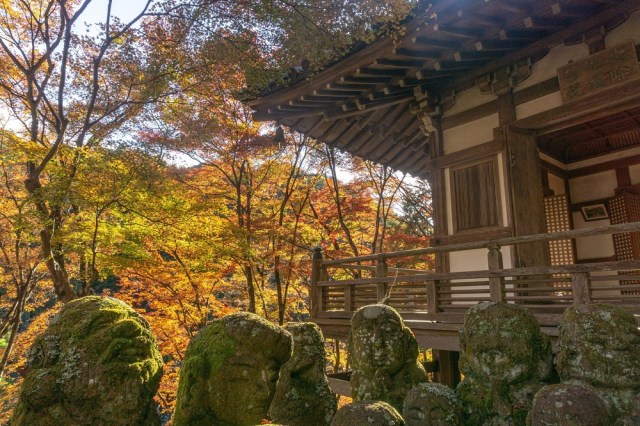Shinkansen to permanently reduce number of inexpensive non-reserved seats on Nozomi trains

Tokaido and Sanyo routes, connecting Tokyo with Kyoto, Osaka, Hiroshima, and Fukuoka, to be affected.
The Shinkansen is still the crown jewel of Japan’s rail network, but it’s shining a little less brilliantly these days. In recent years, operator Japan Railways has added a reservation requirement for large luggage and eliminated in-car food/drink sales, and now the bullet train is going to lose an additional swatch of convenience with the removal of a car’s worth of budget-friendly non-reserved seats.
The decision, reached by operators JR Central and JR West, will affect riders of the Nozomi-class Shinkansen, the fastest class travelling on the Tokaido and Sanyo Shinkansen lines that connect Tokyo Station and Fukuoka’s Hakata Station, with stops at cities including Kyoto, Osaka, Kobe, and Hiroshima along the way. Currently, Cars 1 through 3 of the 16-car Nozomi trains are for non-reserved seats, with the remaining cars’ seats all requiring reservations, which in turn require additional fees. However, JR Central and West are planning to reclassify Car 3 to a reserved-seat car. This would eliminate 85 non-reserved seats on the train, which, under the new configuration, will have more first-class “Green Cars” (Cars 8, 9, and 10) than lowest-priced non-reserved cars (Cars 1 and 2).
The price of a reserved seat from Tokyo Station to Shin Osaka Station is 14,720 yen (US$96). A non-reserved seat for the same route is 850 yen less, which works out to a 1,700-yen savings for a round-trip journey. Travelers on a tight budget, particularly domestic Japanese travelers, won’t be happy about the lessened availability of the cheapest tickets, though the extra cost isn’t likely to be a deal-breaker for foreign tourists who’re on a long-awaited visit to Japan, especially with the continued weakness of the yen versus other currencies.
However, the advantage of non-reserved Shinkansen tickets isn’t just their lower cost, but their flexibility. Non-reserved Shinkansen tickets work similarly to non-reserved tickets for regular trains in Japan, in that they’re valid for a point-to-point ride at any time during that day. Shinkansen trains come by every few minutes, so, if you find something cool in the town you’re leaving that day and want to stick around a little longer, delaying your departure is easy to do with a non-reserved ticket – just go the station later than you were originally thinking of. Same goes for if you wrap up your sightseeing earlier than expected and want to head to the next town on your itinerary sooner to have more time there.
Reserved tickets, on the other hand, don’t just guarantee you a specific seat, they also lock you into taking a specific train. So if you discover a cool temple in Kyoto on the morning you’re supposed to leave that you want to fully explore, or if your growling stomach is ordering you to hop on the train and move up your Kobe beef dinner plans, you’re out of luck.
▼ The temple being hundreds of years old won’t change the fact that your reserved seat is on a train leaving in 20 minutes.

That said, the shift will, of course, make it easier for those who do want reserved seats to get one, as well as those who, because of their luggage, have to have reserved seats.
Since the end of 2023, certain Nozomi trains have run with reserved seats only during the peak New Year’s, spring, and summer holiday travel seasons. This will be the first time however, for JR to permanently reduce the number of non-reserved seats on the Nozomi. The changeover is scheduled to take place in the spring of 2025, most likely at the start of the business year in late March/early April.
Source: Asahi Shimbun via Yahoo! Japan News via Jin, Jiji
Top image ©SoraNews24
Insert image: Pakutaso
● Want to hear about SoraNews24’s latest articles as soon as they’re published? Follow us on Facebook and Twitter!
Credit:

0 comments: